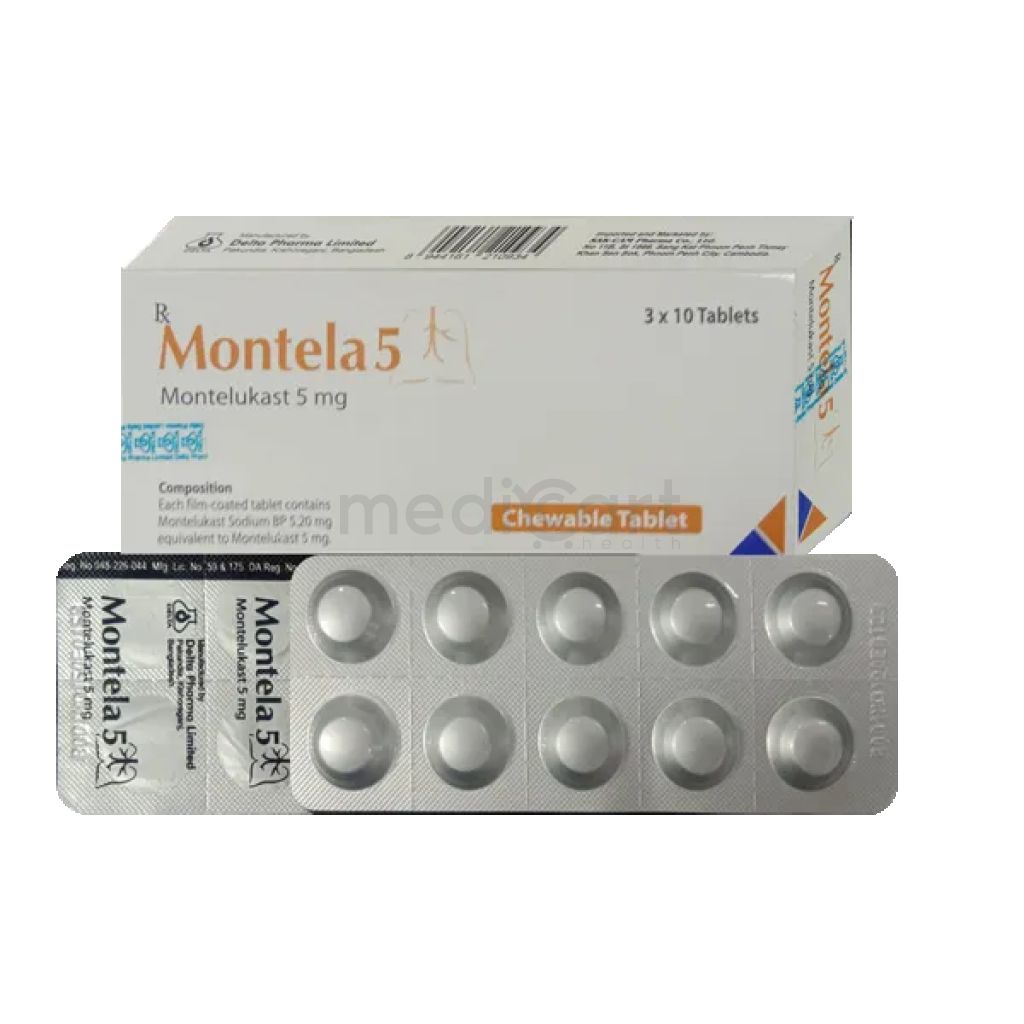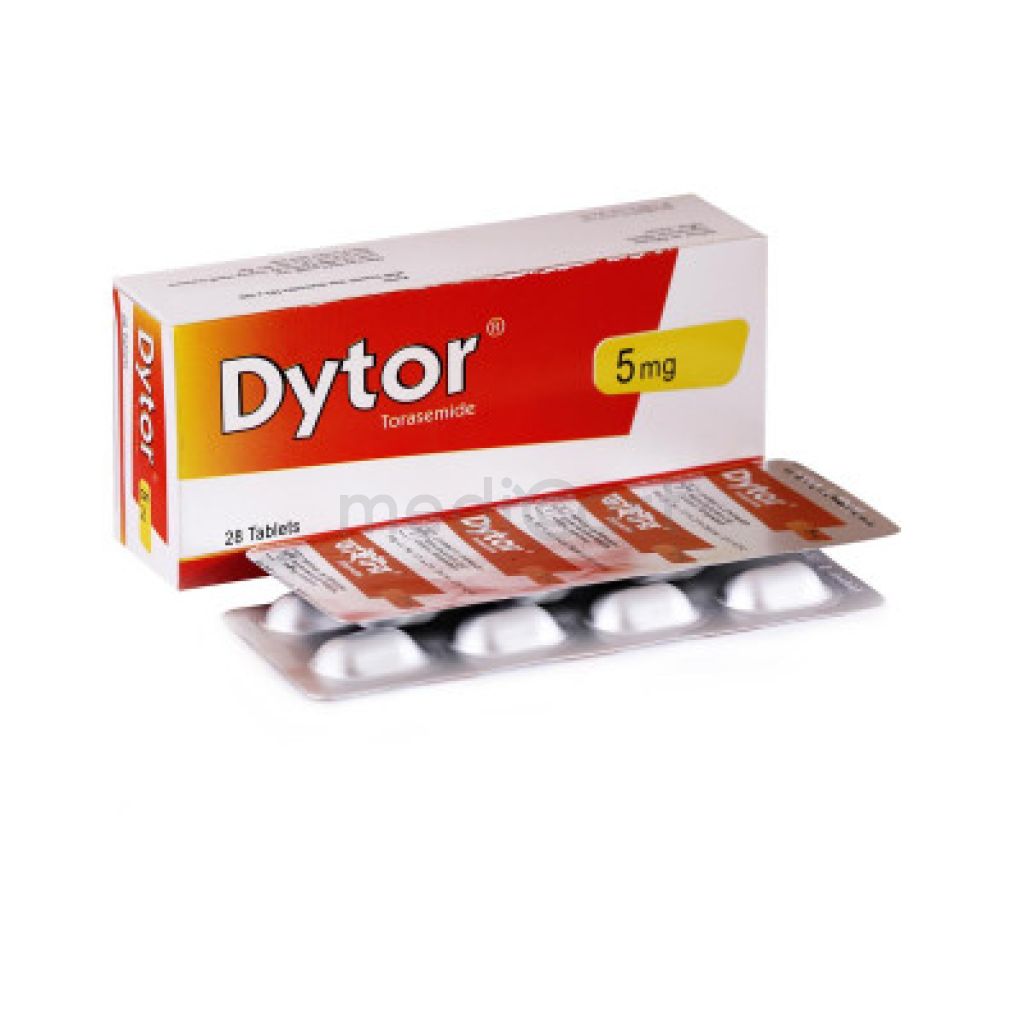

Florest tab - 50 mg
Tablet
Pack Size :
10 Tablet x 1 Strip
Generics :
Everest Pharmaceuticals Ltd.
Manufacturer :
Everest Pharmaceuticals Ltd.
Best Price *
TK
150.00
* Delivery will be done in Dhaka city only.
More Information About - Florest tab - 50 mg
Description
Generic Name
Fluvoxamine MaleatePrecaution
History of mania or seizures; liver dysfunction; presence of depressive symptoms; smokers. Treatment with MAOI should only be started at least 2 wk after stopping fluvoxamine treatment. Increased risk of suicidal ideation and behaviour when used in children, adolescents and young adults <24 yr. Pregnancy, elderly; operating hazardous machinery; withdraw gradually. Monitor prothrombin time in patients who are taking oral anticoagulants concurrently. Lactation Present in breast milk; avoidIndication
Major depressive disorder, Anxiety disorders, Depression, Panic disorder, Obsessive-compulsive disorder, Posttraumatic stress disorderContra Indication
Hypersensitivity. Not to be used with thioridazine, terfenadine, astemizole, cisapride, pimozide, aloestron, tizanidine. Lactation.Dose
N/ASide Effect
>10% Nausea (40%),Headache (22-35%),Somnolence (22-27%),Weakness (14-26%),Insomnia (20-35%),Diarrhea (11-18%),Dizziness (11-15%),Xerostomia (10-14%),Anorexia (6-14%),Abnormal ejaculation (8-11%) 1-10% Pain (10%),Dyspepsia (8-10%),Constipation (4-10%),Decreased libido (2-10%),Upper respiratory infections (9%),Anxiety (5-8%),Tremor (5-8%),Sweating (6-7%),Vomiting (4-6%),Abdominal pain (5%),Myalgia (5%),Abnormal taste (2-5%),Bruising (4%),Abnormal dreams (3%),Abnormal thinking (3%),Chest pain (3%),Palpitation (3%),Agitation (2-3%),Vasodilation (2-3%),Hypertension (1-2%),Increased LFTs (1-2%),Weight change (1-2%),Manic reaction <1% Activation of mania/hypomania, seizures (discontinue),Sinusitis Frequency Not Defined Edema,Amnesia,Apathy,Asthenia,Malaise,Nervousness,Dry mouth,Myoclonus,CoughPregnancy Category
Name : Not Classified
Description
FDA has not yet classified the drug into a specified pregnancy category.Mode of Action
Fluvoxamine, derived from aralkylketone, inhibits the re-uptake of serotonin in brain neurons.Interaction
Co-admin with fluvoxamine may increase carbamazepine toxicity and serum levels of theophylline. Lithium enhances the serotonergic effects of fluvoxamine. Anticoagulants may require dosage adjustments. Diltiazem with fluvoxamine may lead to bradycardia. Avoid alcohol. Potentially Fatal: Fluvoxamine should not be used in combination with MAOIs, or within 14 days of discontinuing treatment with MAOIs.Pregnancy Category Note
Pregnancy Prolonged experience with fluvoxamine in pregnant women over decades, based on published observational studies, have not identified a clear drug-associated risk of major birth defects or miscarriage; there are risks associated with untreated depression in pregnancy and risks of persistent pulmonary hypertension of newborn (PPHN) and poor neonatal adaptation with exposure to selective serotonin reuptake inhibitors (SSRIs), including fluvoxamine, during pregnancy Women who discontinue antidepressants during pregnancy are more likely to experience a relapse of major depression than women who continue antidepressants; consider risk of untreated depression when discontinuing or changing treatment with antidepressant medication during pregnancy and postpartum Neonates exposed to therapy and other SSRIs or SNRIs late in the third trimester have developed complications requiring prolonged hospitalization, respiratory support, and tube feeding; such complications can arise immediately upon delivery; reported clinical findings have included respiratory distress, cyanosis, apnea, seizures, temperature instability, feeding difficulty, vomiting, hypoglycemia, hypotonia, hypertonia, hyperreflexia, tremor, jitteriness, irritability, and constant crying; these features are consistent with either a direct toxic effect of SSRIs and SNRIs or, possibly, a drug discontinuation syndrome; it should be noted that, in some cases, the clinical picture is consistent with serotonin syndrome Animal findings suggest fertility may be impaired while taking fluvoxamine Lactation Data from published literature report presence of drug in human milk; no adverse effects on breastfed infant have been reported in most cases of maternal use of fluvoxamine during breastfeeding; however, there are reports of diarrhea, vomiting, decreased sleep, and agitation; there are no data on effect of fluvoxamine on milk production Developmental and health benefits of breastfeeding should be considered along with mother?s clinical need for fluvoxamine and any potential adverse effects on breastfed child from drug or from the underlying maternal condition Monitor infants exposed to fluvoxamine through breast milk for diarrhea, vomiting, decreased sleep, and agitationAdult Dose
Oral Obsessive compulsive disorder Adult: 50 mg once daily; may increase by 50 mg every 4-7 days. Daily doses >100 mg should be given in 2 divided doses. Max: 300 mg daily. Elderly: Initial 25mg once daily. Depression Adult: Initially, 50-100 mg daily, may increase gradually up to 300 mg daily, if necessary. Doses >150 mg should be given in 2 or 3 divided doses. Hepatic impairment: Decrease doseChild Dose
Oral Obsessive compulsive disorder Child: >8 yr: 25 mg once daily, may increase by 25 mg every 4-7 days. Doses >50 mg should be given in 2 divided doses. Reassess if no improvement after 10 wk of treatment. Max: 200 mg daily.Renal Dose
N/AAdministration
May be taken with or without food.Disclaimer
The information provided herein are for informational purposes only and not intended to be a substitute for professional medical advice, diagnosis, or treatment. Please note that this information should not be treated as a replacement for physical medical consultation or advice. Great effort has been placed to provide accurate and comprehensive data. However, Medicart along with its authors and editors make no representations or warranties and specifically disclaim all liability for any medical information provided on the site. The absence of any information and/or warning to any drug shall not be considered and assumed as an implied assurance of the Company.









